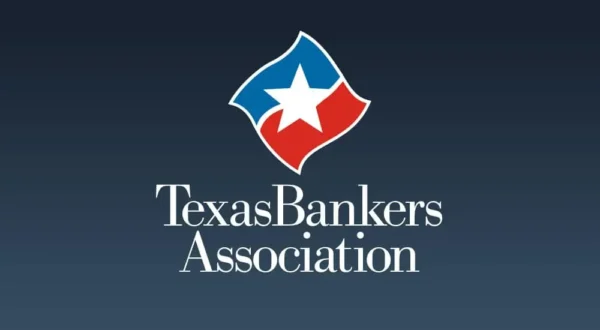Understanding Bank Performance
TBA is partnering with Washington Bankers Association to bring you this virtual program. Participants will learn how to assess and analyze a bank’s financial performance working with data from real institutions, including your own bank. Ultimately, participants will be able to identify strengths and weaknesses and recommend changes that will lead to improved performance.
All sessions will be recorded and available for review until July 1, 2025
When
Schedule
Fundamentals of Financial Statements: Part 1
This session will focus on the basics of a bank’s balance sheet. By analyzing a sample bank balance sheet, participants will demonstrate understanding of the institution’s primary sources of earning assets, funding liabilities and total capital. Participants will practice identifying potential risks and limitations on financial performance, and will leave with an understanding of how leverage, risk management and asset allocation impact earnings and performance.
Session Objectives:
• Develop a clear understanding of the relationship of how
assets, liabilities and capital interrelate
• Describe the different asset classes held by the bank
• Identify primary funding sources
• Understand risk-based capital
Fundamentals of Financial Statements: Part 2
Participants will analyze a sample bank income statement and relate it to the institution’s balance sheet. This session will address the differences between interest and non-interest income. Participants will learn how to analyze and explain a bank’s overall cost structure based on its balance sheet and income statement. The material covered will empower participants to interpret a bank’s financial statements and understand cash flow on both sides of the balance sheet.
Session Objectives:
• Identify components of a bank’s income statement
• Identify how a bank generates revenue and earnings
• Discuss the major cost drivers
• Connect the balance sheet with the income statement
• Identify how risk management strategies impact overall performance
Credit Metrics & Credit Quality
Participants will examine credit metrics looking at typical types of loans, as well as specialized lending and the importance of credit quality. Participants will also examine risks related to asset mix concentrations to assess methods to achieve the greatest return at a given level of risk tolerance.
Session Objectives:
• Understand the ratios that define how a loan portfolio is
performing
• Discuss the pros and cons of different portfolio types
• Identify how risk is quantified and measured
• Explain regulatory limits on portfolio concentrations
Funding & Liquidity
How efficiently a bank funds its earning assets is one of the single largest determinants of financial performance and is a critical component of an institution’s overall business plan. Participants will examine how funding strategies impact a bank’s overall liquidity and operational costs. Building on key concepts developed in earlier sessions, participants will arrive at a detailed understanding of how banks fund themselves and how various factors come into play in this process.
Session Objectives:
• Develop a clear understanding of liquidity in banks
• Describe how banks manage liquidity
• Discuss funding strategies
• Analyze capital position and the impact it may have on
financial performanc
Capital & Bank Investments
This session focuses on capital components, strategies, attributes, structure and other factors that drive value. Participants will consider these topics from several different perspectives, first learning the basics and then progressing through increasingly complex analyses of the subjects covered. By considering how a wide array of variables interact with one another to affect performance, participants will arrive at a dynamic understanding of the role of capital in
banking.
Session Objectives:
• Develop a clear understanding of capital through analysis of
the balance sheet
• Discuss capital instruments, retained earnings, dividends,
share repurchase
• Identify and discuss the importance of capital ratios,
regulatory requirements and valuation
• Identify shareholder risk in bank investment
Risk & Return
Financial performance is a function of leverage, earnings, and expenses. As banks make decisions affecting each of these three factors, they also increase or decrease the risk of loss to shareholders and may impact the deposit insurance fund. Participants will gain a broad understanding of risk considerations as they relate to a bank’s financial performance.
Session Objectives:
• Discuss risk management expectations
• Understand various risks to your bank and mitigation
strategies
• Apply risk and return examples using scenario-based
opportunities
Capstone Overview
The capstone overview session will bring together the core lessons from previous sessions and prepare participants to test their mastery of the topics covered. Key performance indicators will be reviewed, and capstone assignment criteria will be shared. Participants will work to prepare their final capstone presentation utilizing a new set of financial statements from a bank not previously considered. Using the information contained in these statements, participants will be expected to assess various aspects of the bank’s performance and make suggestions related to increasing performance and managing risk.
Session Objectives:
• Discuss key performance indicators
• Describe the different asset classes held by the bank
• Describe the bank’s general funding strategy
• Analyze capital position and the impact it may have on
growth
Proforma Capstone
In this final session, participants will work through an analysis of three financial institutions with recommendations for action, intended benefits and potential risks.




